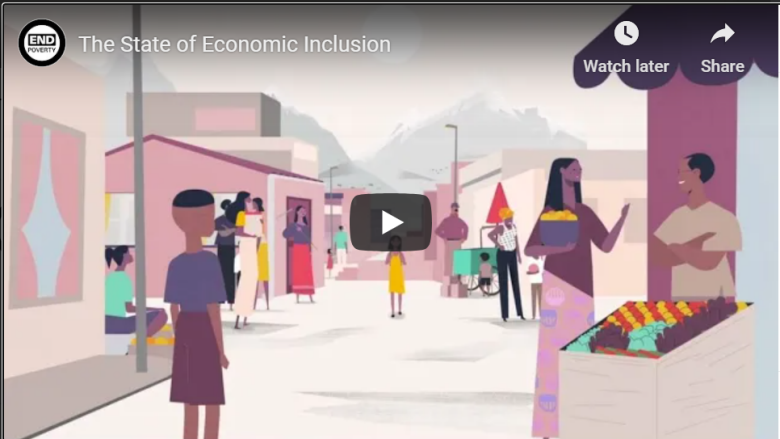Publication highlights:
- Economic inclusion programs help boost the income and assets of the world’s poorest individuals and households with a “big push” of coordinated interventions – usually a combination of cash or in-kind transfers, skills training or coaching, access to finance, and links to market support.
- The State of Economic Inclusion 2021 (SEI) Report reveals that economic inclusion programs are on the rise in 75 countries around the world, reaching approximately 20 million households and benefitting nearly 92 million individuals.
- This unprecedented surge is driven by the scale-up of government-led programs that build on investments in social protection, livelihoods and jobs, and financial inclusion. This trend is set to continue, especially in areas affected by conflict, climate change, and shocks.
- The report examined over 200 programs across 100 organizations and highlights adaptations of economic inclusion interventions to meet specific challenges in Bangladesh, Peru, India and the Sahel region.
- Women’s economic empowerment is a key driver of economic inclusion programming, with nearly 90 percent of programs surveyed in the report having a gender focus.
- The SEI Report is a result of a unique collaboration under the Partnership for Economic Inclusion (PEI). PEI is a dedicated platform to support the adoption and adaptation of national economic inclusion programs working with a variety of stakeholders, including national governments and bilateral, multilateral, NGO, research, and private-sector organizations.
- Alongside the SEI, the PEI is also launching an online and open-access PEI Data Portal. The data portal underscores a commitment to open access information to support global learning and program implementation.
